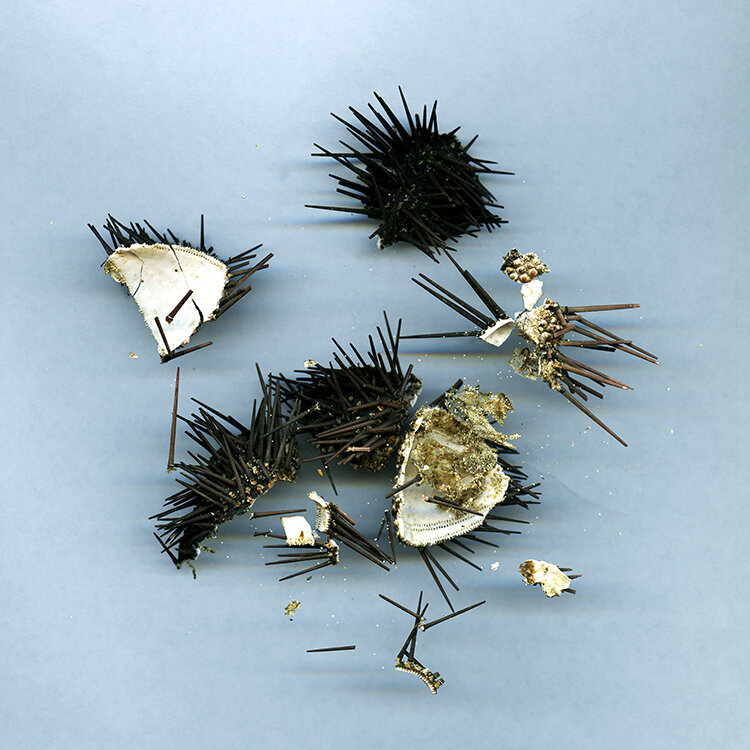Ephemera
Crowd Sourced Ephemera I’ve collected mostly through the mail
Community Partnerships:
· Bowdoin College Museum of Art
· In Her Presence (fall 2023)
· New England Arab America Organization
Ephemera House Parties
· Rachel, Falmouth, ME
· Mike, Paris, France
· Gillian, Portland, ME
· Brett, Bath, ME
· Samantha, Rockport, ME
Ephemera IN MEMORIAM: Zia Sunta; Ray Hilliard.
Ephemera House Portrait: Keliy Anderson-Staley
Travel Ephemera (An excerpt collected from Are you really my friend?)
2016: “Why did you save your trash?” my assistant Brittany asks, after she’s spent weeks re-touching scans of travel ephemera: a map Lynn left for me detailing where to find her car in San Francisco; the lid to the cup of ramen noodles I bought, fighting a cold, when I was in Ghent to photograph Carl; a toothpick with Arabic writing from the flight to Kuala Lumpur to photograph Maury; a box that contained Plan B One-Step after a trip I’d rather not remember.
I scanned each piece of ephemera against colored backdrops, democratizing the beautifully strange marks of TSA agents on boarding passes or the homemade business cards/receipts from cabbies. There are itineraries, currency, a broken sea urchin, and a whiskey bottle. No image, no object, no experience is taken for granted, an ethos that filtered into the making of Are you really my friend?
In 2017, I asked visitors to the MASS MoCA exhibition to leave me ephemera in a locked plexiglass box. Their ephemera mimics my own collection: from the mundane everyday items such as receipts from dinner with a friend, condoms and Metro cards to the deeply personal – photo id’s, hand made fortune tellers, remembrance cards, and photographs of loved ones.
This collection from museum visitors was so moving, I decided to expand on the idea, and invite both friends and strangers to send me sixteen objects to scan. People expressed excitement, telling me the stories of the objects and the logic behind their selections, so I am now asking a set of routine questions, the answers for which I include with the images.
This began in January of 2020. Little did I know only months later, that mail would become a lifeline as the world went into quarantine. And soon after that, using the US Postal Service would become an act of political defiance. I spent eight years taking for granted the ability to travel and make portraits. The time so many of us spent forced inside our homes has gained importance as the months of isolation continue. Can we learn to see and appreciate the beauty in the everyday things that surround us even in an unstable and difficult world? The act of gathering, choosing and shipping ephemera allowed an opportunity for reflection and a way to process what and how we value the things we surround ourselves with. It served as a small escape from the terrors of news reports and mounting deaths.
There are the broken watches of passed away family members, the baby teeth of grown children, moments in history, mementos of a vacation and a subway ride. Simple reminders of people we love and homages to lived experiences. How do the objects change once a personal story is attached? In a polarized political environment, people are thinking more about their own stories and contributions to the world. This work is a jumping-off point, building upon a decade of intimate family portraits. It is evolving into a powerful collaboration based in memory, self-reflection, and vulnerability.
